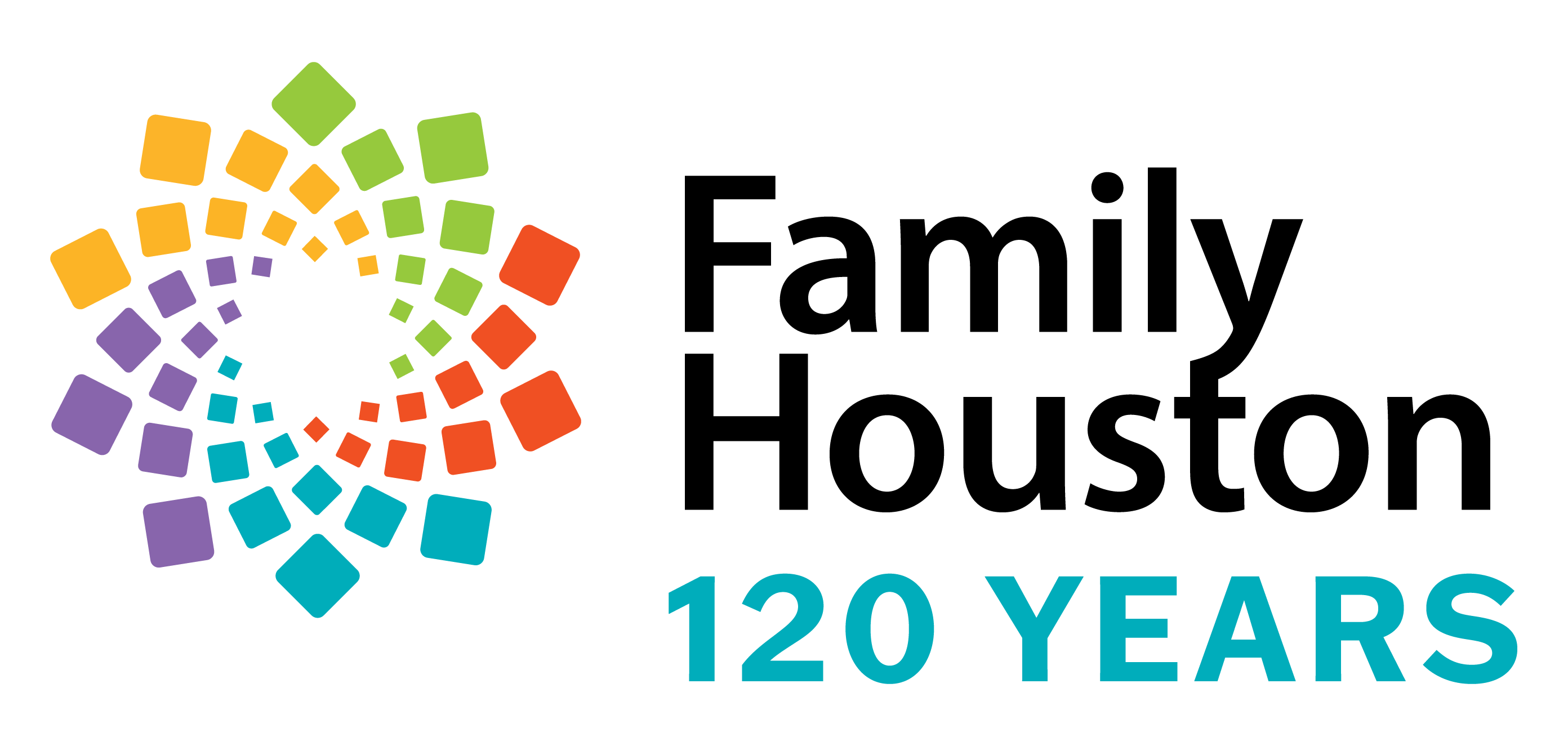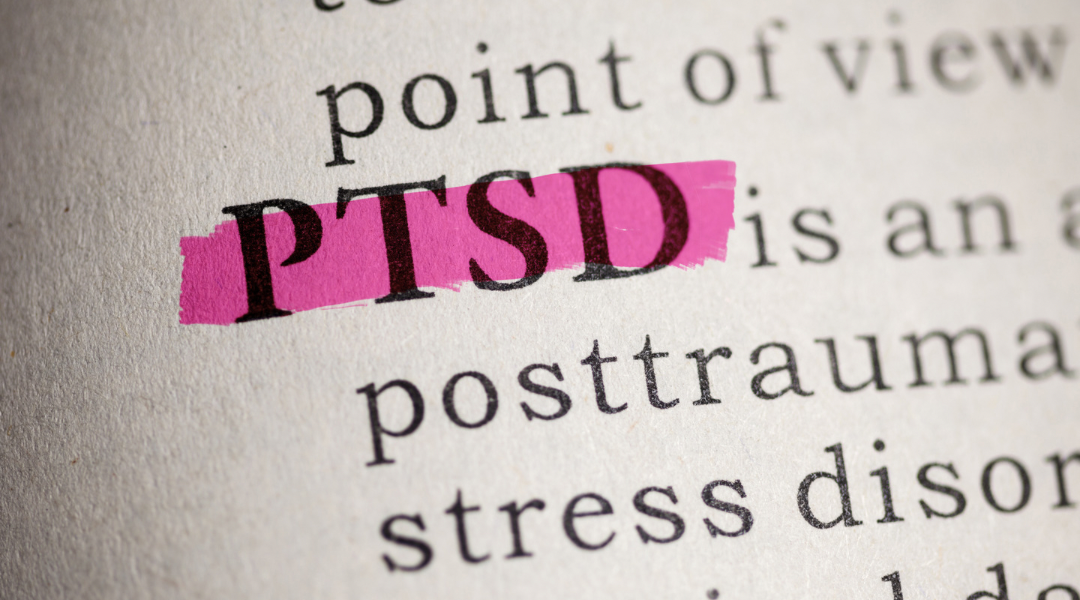WHat IS PTSD?
Post-traumatic stress disorder is considered a disorder of non-recovery, meaning that clients can recover from traumatic events, but have been unable to do so due to cognitive, somatic, and emotional reasons. Everyone will feel stress after experiencing a traumatic event, but those who struggle to accept what happened and process how it impacted their lives in a healthy manner are more at risk of developing PTSD.
How does it affect veterans and civilians?
PTSD has historically been called battle fatigue, soldier’s heart, and shell shock because of its prevalence among service members. However, research shows that PTSD impacts people regardless of whether they are service members or civilians.
What is the difference between trauma and PTSD?
According to the National Council of Behavioral Health, 70% of people experience some type of
trauma. However, experiencing trauma does not mean you will automatically develop PTSD. Trauma is the event(s) that occurs and PTSD is a mental health disorder that may or may not develop. Trauma overwhelm our natural ability to cope with stress, which is why it’s so distressing. It’s important that clients be assessed by a trauma-informed mental health professional who can better assess if clients meet criteria for PTSD or another related mental health issue like major depression.
What are some examples of traumatic events that can cause PTSD?
• Combat exposure
• Childhood physical abuse
• Sexual violence
• Physical assault
• Having your life threatened either with a weapon or threat of violence
• Surviving a life-threatening accident
What are some common symptoms someone might experience if they are suffering from PTSD?
The first signs that clients usually report are intrusive, repetitive thoughts about the traumatic event. People with PTSD typically don’t want to recall the event but find themselves unable to stop ruminating about what happened. Clients also experience increased anxiety, irritability, hyper vigilance, avoidance of any reminders of what happened, and negative thoughts or beliefs about themselves or the world in general.
Is there a time length for how long PTSD lasts or when it might begin?
Diagnostically, PTSD can be diagnosed 30 days after experiencing a traumatic event. However, many clients do not seek treatment for months and oftentimes several years. Because the cognitive part of PTSD is constantly reinforcing the belief system that says the world is dangerous, this disorder can last an incredibly long time without treatment. However, it is never too late to begin the healing journey! With commitment, effort, and practice PTSD symptoms can reduce drastically.
Is there any way to treat PTSD?
Cognitive Processing Therapy (CPT) and Eye Movement Desensitization and Reprocessing (EMDR) are two evidence-based treatment modalities that research shows are highly effective in treating PTSD, and fortunately Family Houston has clinicians on staff who can offer these services. CPT focuses on how faulty thinking styles, called stuck points, keep us entrenched in an overly active trauma circuit. CPT is 12-16 sessions long. By challenging faulty beliefs or thoughts about how a traumatic event has impacted a client’s life we are able to see major improvements with managing PTSD.
With support from The Bob Woodruff Foundation and the Qatar Harvey Fund we are offering no-cost treatment for veterans and their family members seeking PTSD treatment.

